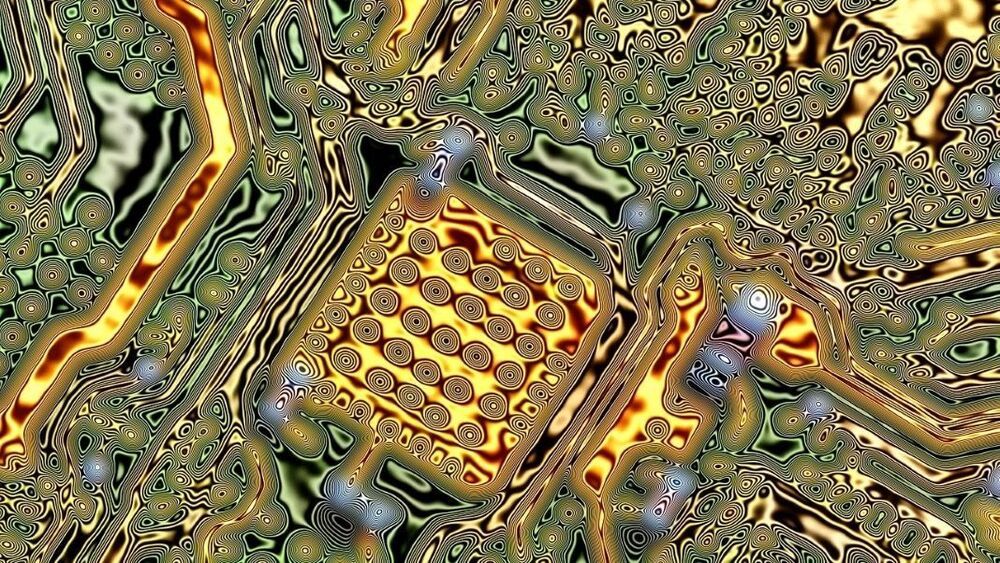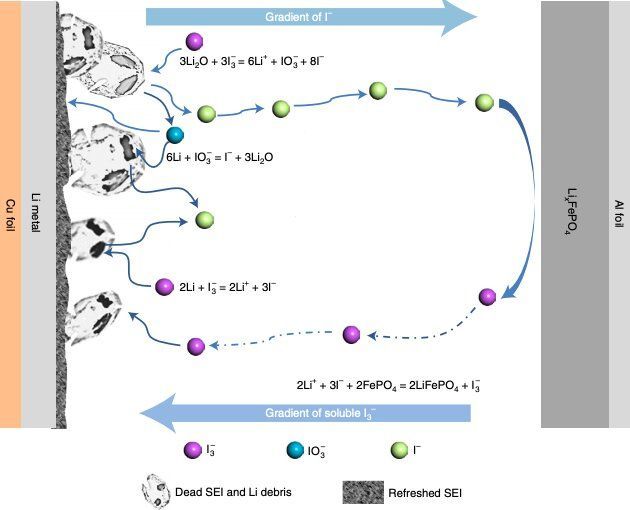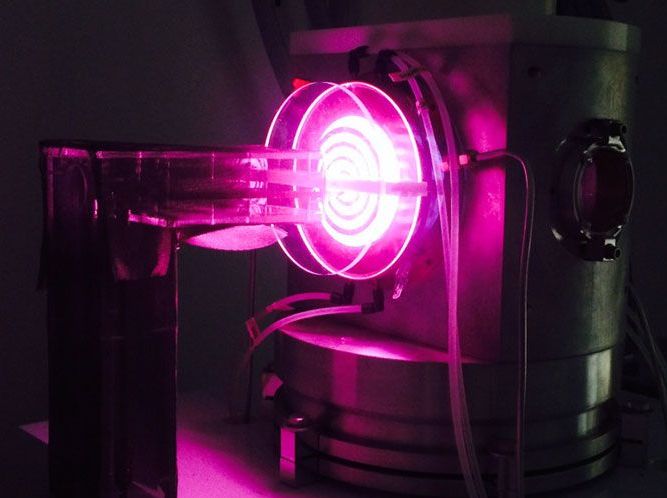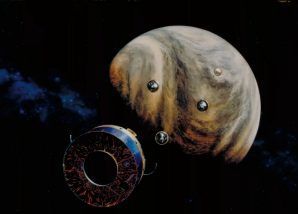Apr 26, 2021
Advancing AI With a Supercomputer: A Blueprint for an Optoelectronic ‘Brain’
Posted by Quinn Sena in categories: biological, chemistry, robotics/AI, supercomputing
Others think we’re still missing fundamental aspects of how intelligence works, and that the best way to fill the gaps is to borrow from nature. For many that means building “neuromorphic” hardware that more closely mimics the architecture and operation of biological brains.
The problem is that the existing computer technology we have at our disposal looks very different from biological information processing systems, and operates on completely different principles. For a start, modern computers are digital and neurons are analog. And although both rely on electrical signals, they come in very different flavors, and the brain also uses a host of chemical signals to carry out processing.
Now though, researchers at NIST think they’ve found a way to combine existing technologies in a way that could mimic the core attributes of the brain. Using their approach, they outline a blueprint for a “neuromorphic supercomputer” that could not only match, but surpass the physical limits of biological systems.

















